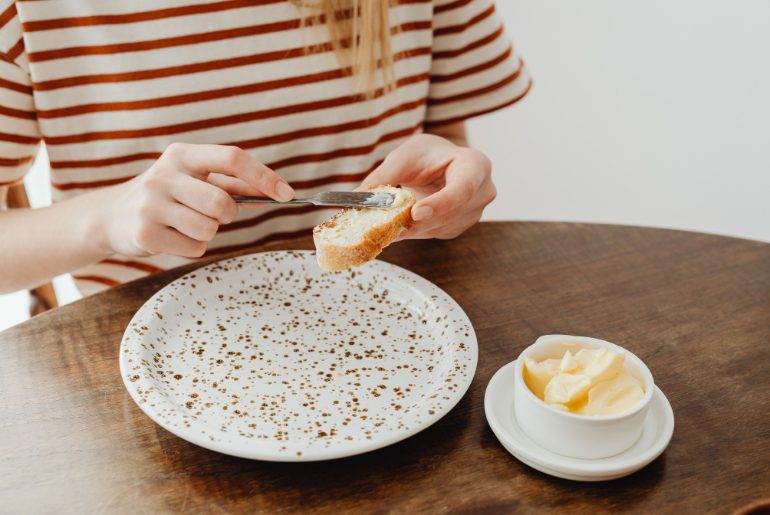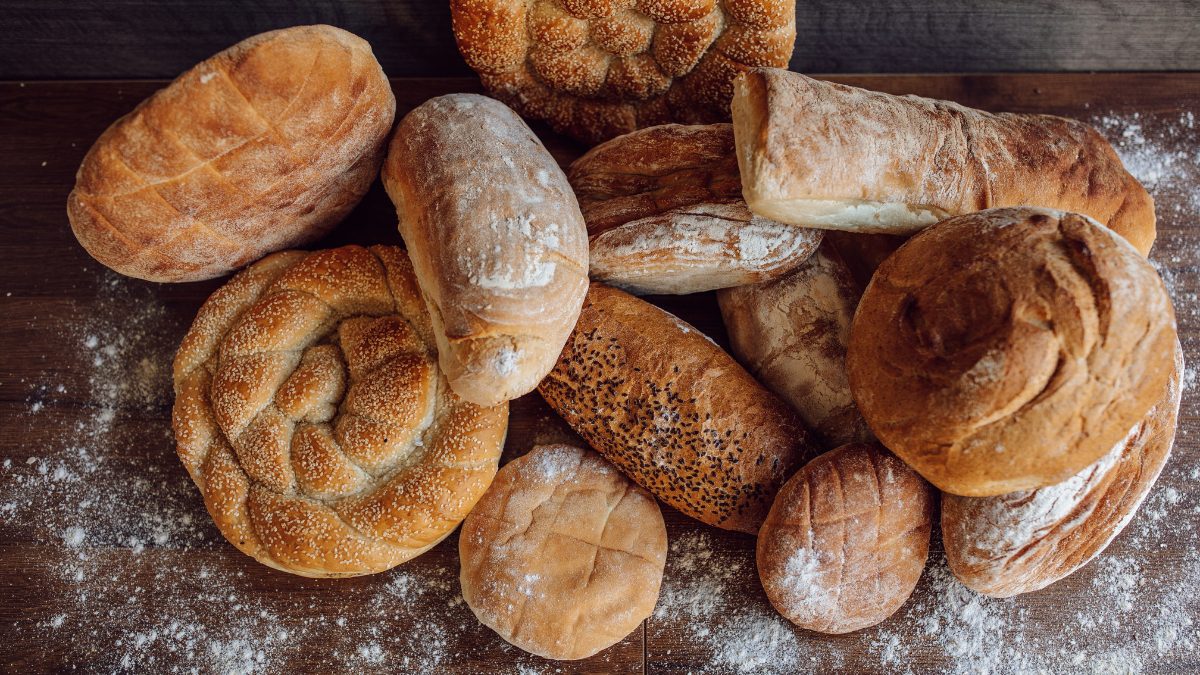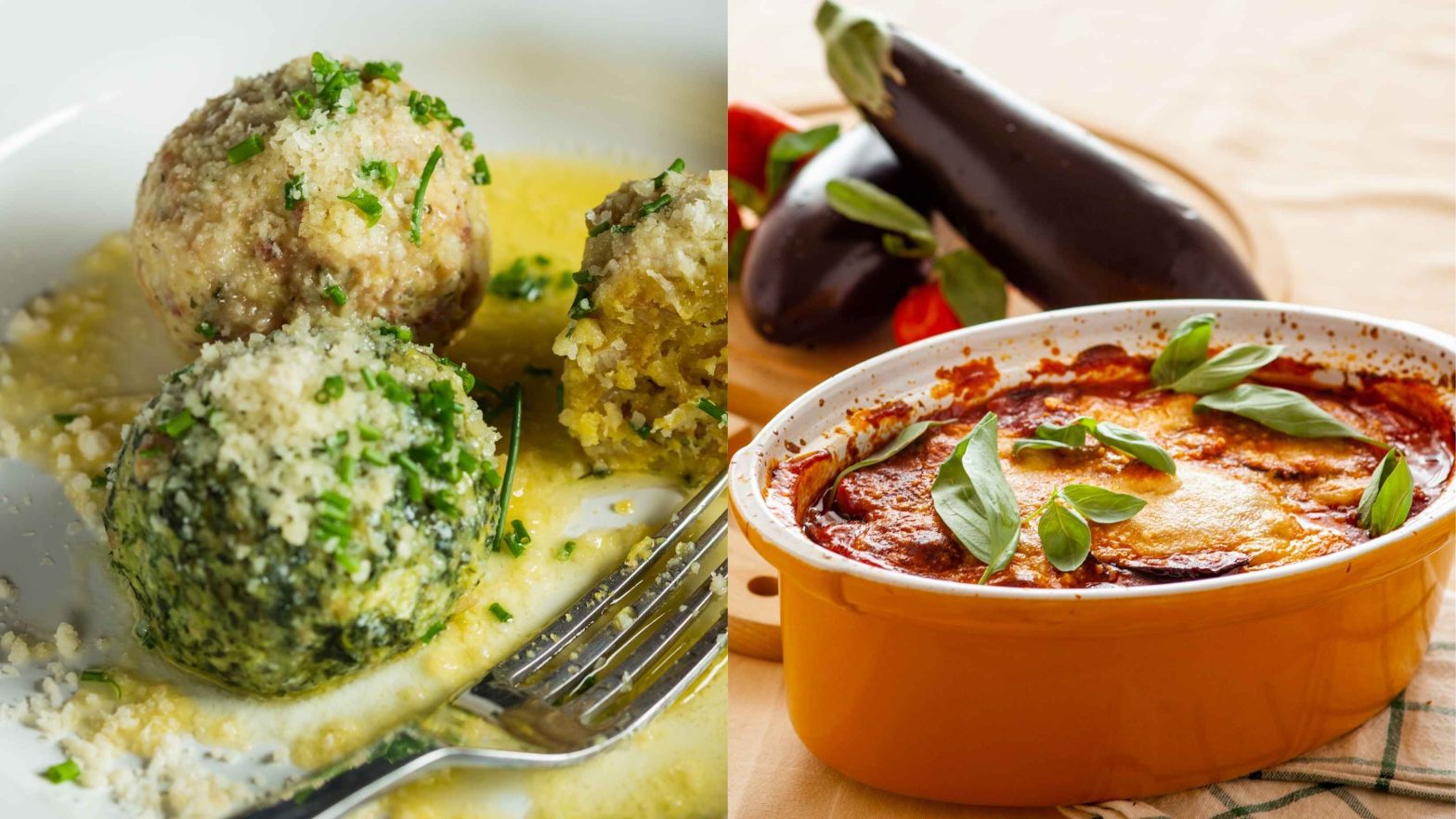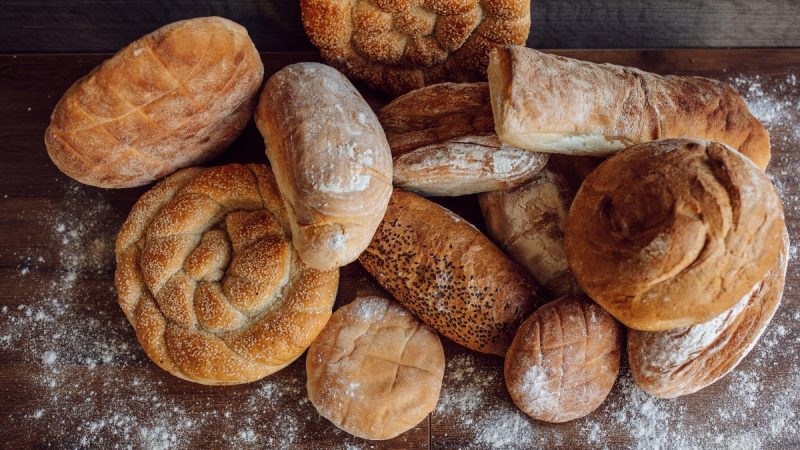Imagine this: You’ve just settled into your seat at a beautifully set table, and before you, a basket of warm, freshly baked bread is placed. The tempting aroma fills the air, promising comfort and indulgence. But before you reach for that enticing roll, consider this: There’s more to enjoying bread than just tearing it apart and slathering it with butter. There are some refined rules of bread etiquette that elevate your dining experience and reveal your sophistication. Here’s a comprehensive guide to mastering bread etiquette, ensuring you make a stellar impression on any dining occasion.
Mastering Bread Etiquettes

1. Timing Is Everything
At formal dinners, bread should complement the meal, not distract from it. Adhere to this rule by waiting until the first course is served before indulging. The bread’s role is to enhance the flavours of your meal, not to become a pre-meal snack. At casual gatherings, however, it’s perfectly fine to enjoy the bread before the first course arrives.
2. Bread Plate Placement
The proper placement of your bread plate is a small but significant detail. Position it to the left of your main plate. This ensures that your bread plate is always in the correct place, enhancing the organisation of your dining setup.
3. The Art Of Buttering
One of the most subtle yet crucial aspects of bread etiquette is the way you butter your bread. Here’s the correct method:
- Use a knife to place a small amount of butter on the side of your bread plate.
- Tear off a bite-sized piece of bread and butter only that piece before eating it.
- Avoid buttering the entire roll or slice beforehand to prevent messy fingers and excess butter.
Also Read: From Ice Cream Cake To Cassata, 8 Best Ice Cream Recipes You Need To Try This Summer!
4. Handling Different Types Of Bread

Regardless of the type of bread—whether a roll, muffin, croissant, or toast—the approach remains the same. Break off bite-sized pieces and butter each piece individually. The only exception is toast, which can be buttered whole if it’s part of a breakfast spread.
5. Managing Whole Loaves
When served a whole loaf or baguette, the host or the person closest to the bread should use a napkin to hold and cut the loaf. Pass the cut pieces to others, starting with the person to your left before continuing to the right.
6. Individual Dipping Plates
In formal settings, each guest should have their own plate for dipping, especially if bread is served with olive oil or other dips. If sharing with close friends or family, communal dipping may be acceptable.
Whether at a formal dinner or a casual gathering, these bread etiquette tips will ensure you navigate your meal with poise and sophistication.
Cover Image Courtesy: Canva
For more such snackable content, interesting discoveries and the latest updates on food, travel and experiences in your city, download the Curly Tales App. Download HERE. First Published: July 19, 2024 3:09 PM




